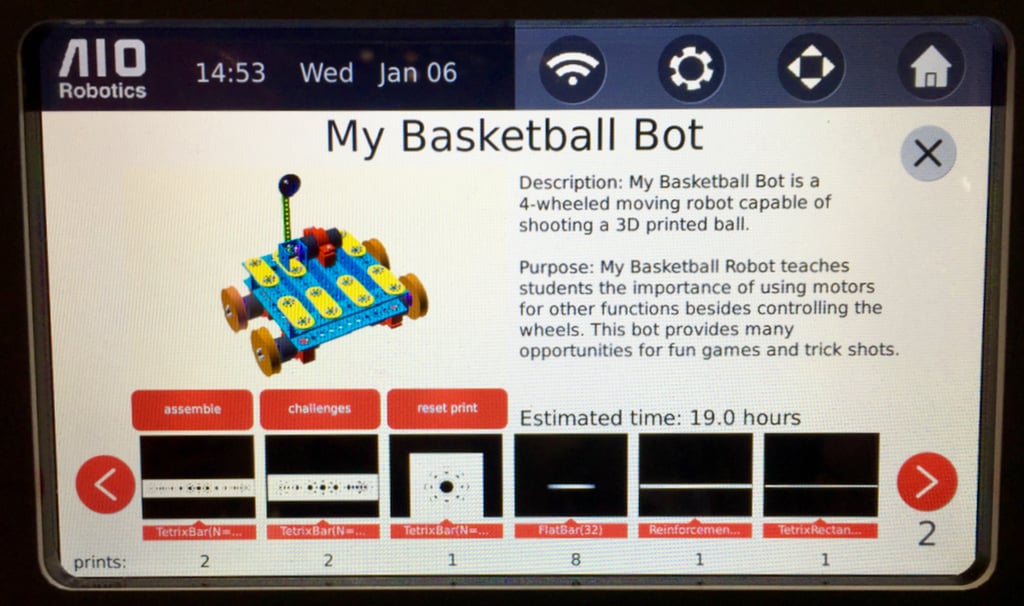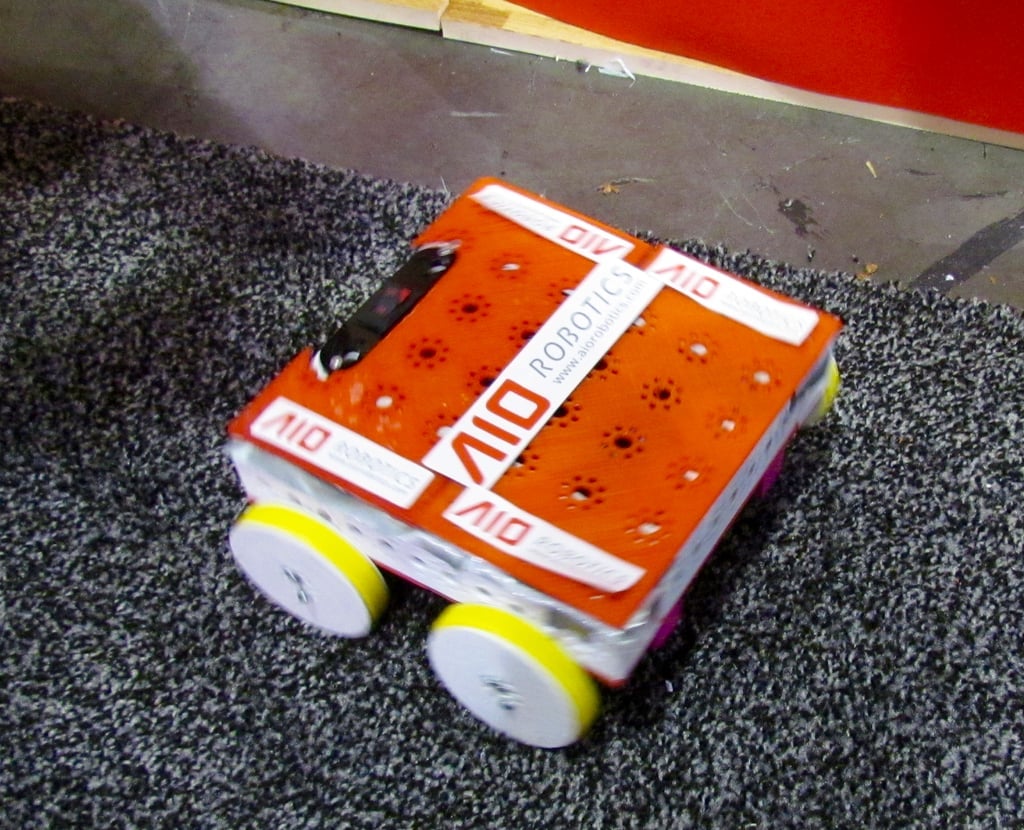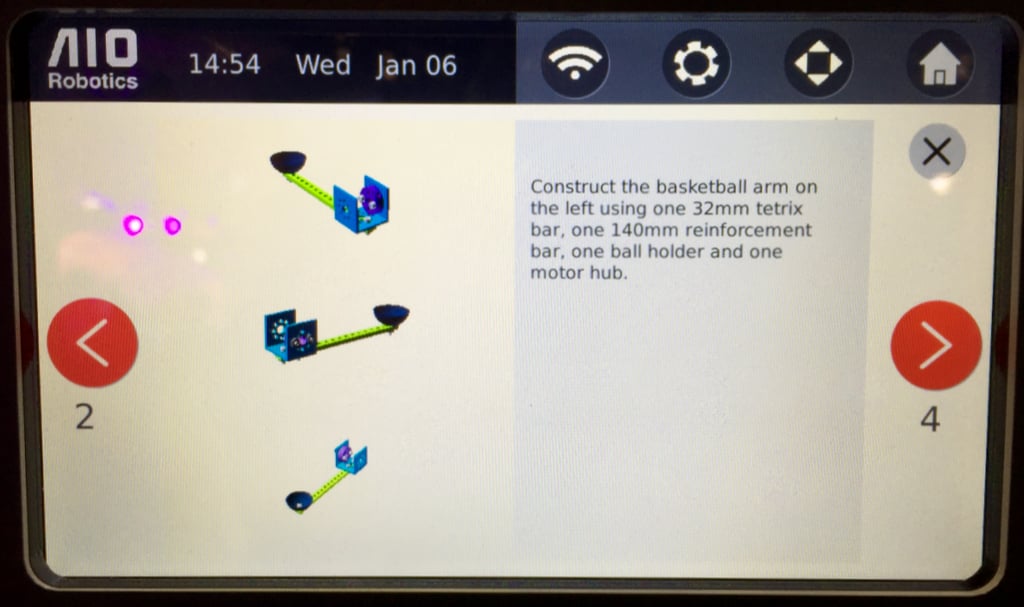AIO has been producing desktop 3D printers for some time, but now they’ve come up with an incredibly useful idea that all educators cannot ignore.
Like many desktop 3D printer manufacturers, AIO is focusing on markets other than just the DIY folks. Specifically, they’re focusing on the Education market, which is a space with heavy competition from other 3D printer vendors.
To succeed in this cramped market, your product must stand out in some way. Some companies address this market by incorporating safety features into their products, while others delve into the usage workflow and develop curriculums for learning 3D printing and design.
Typically educational curriculums consist of separate materials, such as STL files, instructions and diagrams around a particular design topic. Some companies have produced extensive 3D curriculums that are well received by educators.
Now, however, AIO has taken that concept to the limit by burning in the curricula directly into the machine itself!
Their curriculum is composed of a set of “projects”, each consisting of STL files for parts, assembly instructions – and even instructions for how to use the item constructed during the project after you’ve completed the build. All of this is automatically included on your AIO ZEUS 3D printer!
For example, one of their projects involves constructing a robot that can hold (and write with) a marker pen. The final section of this project is to hold a contest to see if each robot can write the student’s name on poster paper.
Evidently AIO has many such projects included with the 3D printer, and even better, they can be automatically updated through AIO’s cloud service.
The robotic parts library can be accessed individually to print out replacement parts as required. The library of robotic parts is compatible with the Tetrix robotic standard, so students will be able to build robotic projects beyond the included curricula.
After robotics, AIO intends on producing a series of “Design” projects, and perhaps even “Architecture”. Once you get the idea, there is really no limit to what might be done on this platform.
It seems to us that this method of deploying educational material is far superior to the standard methods of separate documents, as it is far more flexible – and can be updated via cloud when changes are available.
Even more importantly, this development jumps AIO ahead of desktop 3D printer competitors also seeking to address the education market. It’s possible that on-board curricula could become a de-facto standard for reaching into the education market, and AIO Robotics seems to have arrived there first.
Via AIO Robotics




